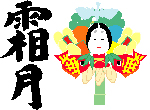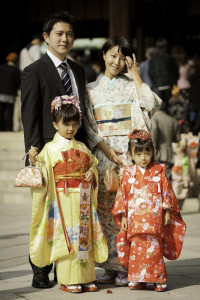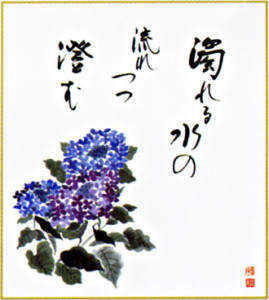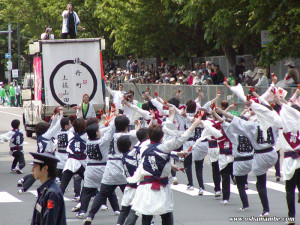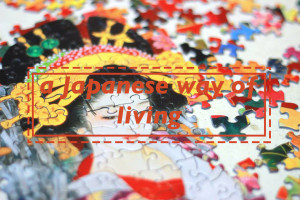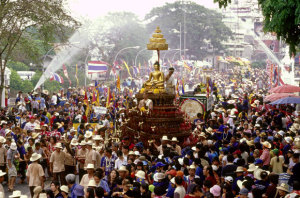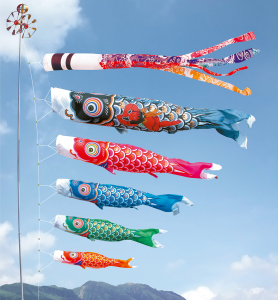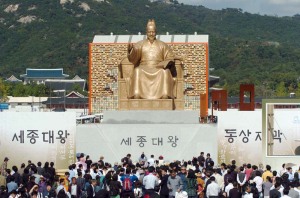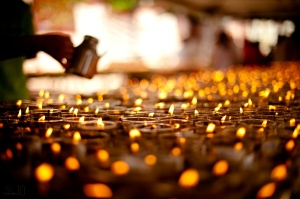“Frost month” or Shimotsuki is the old name for November. This is because in many parts of Japan, frost becomes visible in the mornings and this is the month when colder weather begins to set in.
During this month, there are two national holidays: Culture Day (Bunka no hi) on 11/3 and Labor Thanksgiving Day (Kinro kansha no hi) on 11/23. Culture Day is a special day where achievements in culture, the arts, and academic endeavor are recognized. Award ceremonies, festivals, parades, and art exhibitions are part of the celebrations that occur to honor professionals in these fields as well as to maintain local culture traditions in general.
While shichi-go-san on 11/15 is not an observed national holiday, it is a popular day throughout Japan where 7 (shichi) year-old-girls, 5 (go) year-old boys, and 3 (san) year old boys and girls visit shrines wearing traditional clothing. The purpose of the holiday is to celebrate the growth and well-being of children.
https://grittymonkey.wordpress.com/
Fun facts:
- Shimotsuki is also a Japanese surname.
- Based on the zodiac, it is the month of the dog.
- Labor and Thanksgiving Day is a time where Japanese people express their thankfulness for employment.
Credits belong to rightful owner.

